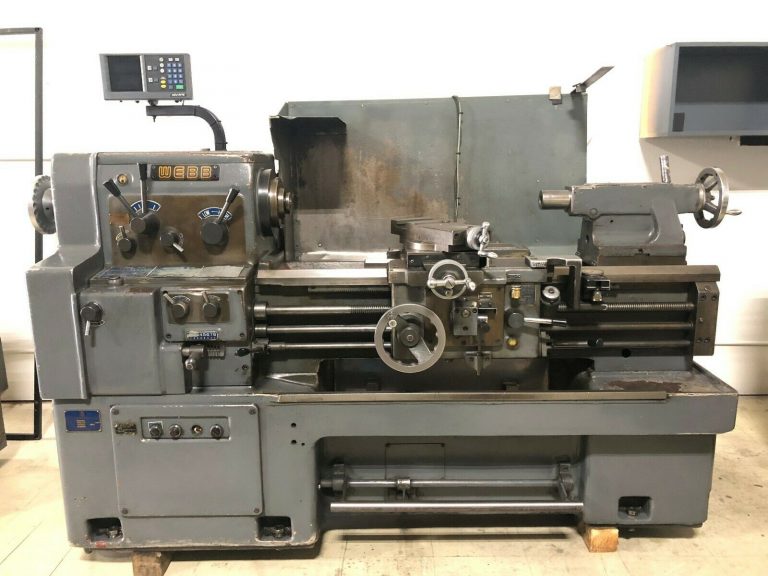Using a Metal Lathe

How to Use a Metal Lathe
Using a metal lathe takes concentration as well as a keen sense of operation regarding the tooling and the direction the material must spin in for proper cutting. Depending on the orientation of the cutter, a metal lathe can cut material traveling clockwise or counter-clockwise. By using the built-in micrometer wheels for precision machining, you can make parts to exacting dimensions time and time again.
One of the first and most versatile of the metal working power tools is the metal lathe. It works by spinning the work piece against the tools used to shape it to its final, destined form. From turning and facing to boring and parting, the things that can be done on the lathe are numerous.
There are a number of parts to the lathe. The bed of the metal lathe is the foundation of the entire tool, providing stability to the cutting tool on the carriage while maintaining the alignment of the headstock and tail stock. The headstock not only holds and keeps the spindle square with respect to the lathe bed, but will also be equipped with the motor and power transmission assemblies, such as belt pulleys or gear systems. The tail stock is present on the right part of the bed on just about every lathe and has a myriad of functions, from work support to holding tool bits for various operations. The lathe carriage rests in the middle of the lathe bed and is the main platform for most of the tools that are used in machining on the lathe.
Instructions
step 1
Perform a turning cut, in order to reduce the diameter of the workpiece to a planned size. The lathe tool bits designed for the job will be designed for either a left or right turning cut, depending upon whether the tool will be traveling to the left or right during the cut. If the cut is from either end of the work piece, then it is appropriate to only use one or the other tool bit. If, however, the cut is located in the middle of the work piece, then both will be required to finish the cut on both sides.
step 2
A turning cut is done by drawing the tool from right to left (for a left cutting tool) at successive depths of cuts until the final diameter is reached.
Perform a facing cut when you want to cut in a motion perpendicular to the turning cut. One example of this would be performing a squaring cut on the face of the work piece from the outside to the center, ensuring a flat surface that is square to the sides of the work piece. The tools for the cut are typically made with left or right hand facing tools, where the work piece is either to the left or right of the tool, respectively.
The facing cut is performed by drawing the tool from the outside in with successive cuts until the desired length or depth is achieved.
step 3
Perform a parting cut when you want to provide extra material for the lathe to grab onto while machining the piece. To cut the piece off, a parting cut is made. The tool for the cut is usually a flat tool which is only drawn into the workpiece above where the part will be separated.
The parting cut is made by pushing the parting tool slowly into the work piece, and then pulling it back periodically to let debris and chips clear out of the cut. Sometimes, the parting tool is moved up and down a small amount before each cut, to provide additional clearance for harder materials.
step 4
Perform a boring cut when you want to machine the inside of the work piece. These include holes, internal grooves and threads. The first operation is to bore the inside until the inner diameter is the right size. The tool used is a boring tool, which is held parallel to the work piece and is drawn into the work piece.
Boring cuts are made at successively larger inner diameters until a final diameter is reached. As the inner diameter increases, larger boring tools may be employed to enable larger or more stable cuts, as required.
